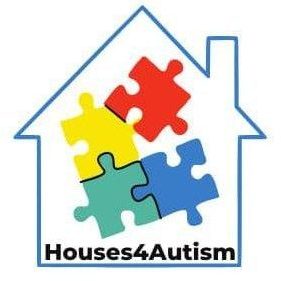Over the next few days, we’ll be talking not just about supportive houses but also about similar initiatives. This is particularly relevant because, as we’ve noted before, some countries have not yet established supportive houses and may only have facilities that serve similar purposes. Well, in Italy, an important initiative called the SENSHome project has been launched. As part of the Interreg VA Italy-Austria collaboration, the SENSHome project is dedicated to improving supportive living for individuals on the autism spectrum by integrating technology into home furnishings. Funded through the Interreg V-A Italy-Austria program for the period 2014-2020, the project brought together a multidisciplinary team of experts from the University of Carinthia, Eureka System s.r.l., and the University of Trieste. Their primary goals were to enhance comfort, autonomy, privacy, safety, and economic accessibility by developing modular, sensor-integrated furnishings that were rigorously tested in specialized laboratories.
The essence of the SENSHome project is to tackle the inadequacy of living environments that fail to accommodate neurodiversity, especially for those on the autism spectrum. Whether in private, public, or educational settings, current spaces often do not support needs essential for independent living. This project aimed to rectify this by introducing furnishings that integrate technology and modular designs to enhance the quality of life and ensure that these solutions are economically accessible. Moreover, furniture for the SENSHome project was specifically crafted using materials and textures designed to be non-irritating and agreeable for users, particularly those on the autism spectrum who may have sensory sensitivities.
Testing conducted in a demonstration environment confirmed the sensor system’s effectiveness in recognizing dangerous events and detecting predefined environmental conditions. User evaluations, which involved guided tours at the Bolzano lab followed by questionnaires, yielded positive feedback on the system’s usability and ease of interaction with both technological and spatial devices.
For more detailed insights, refer to Dordolin, A. (2023). “Autismo e spazi di vita: la ricerca SENSHome,” in QuaderniCIRD. Rivista del Centro Interdipartimentale per la Ricerca Didattica dell’Università di Trieste. Also, you can explore more about this project at: Interreg SENSHome: Technology at the Service of Society (2023).

